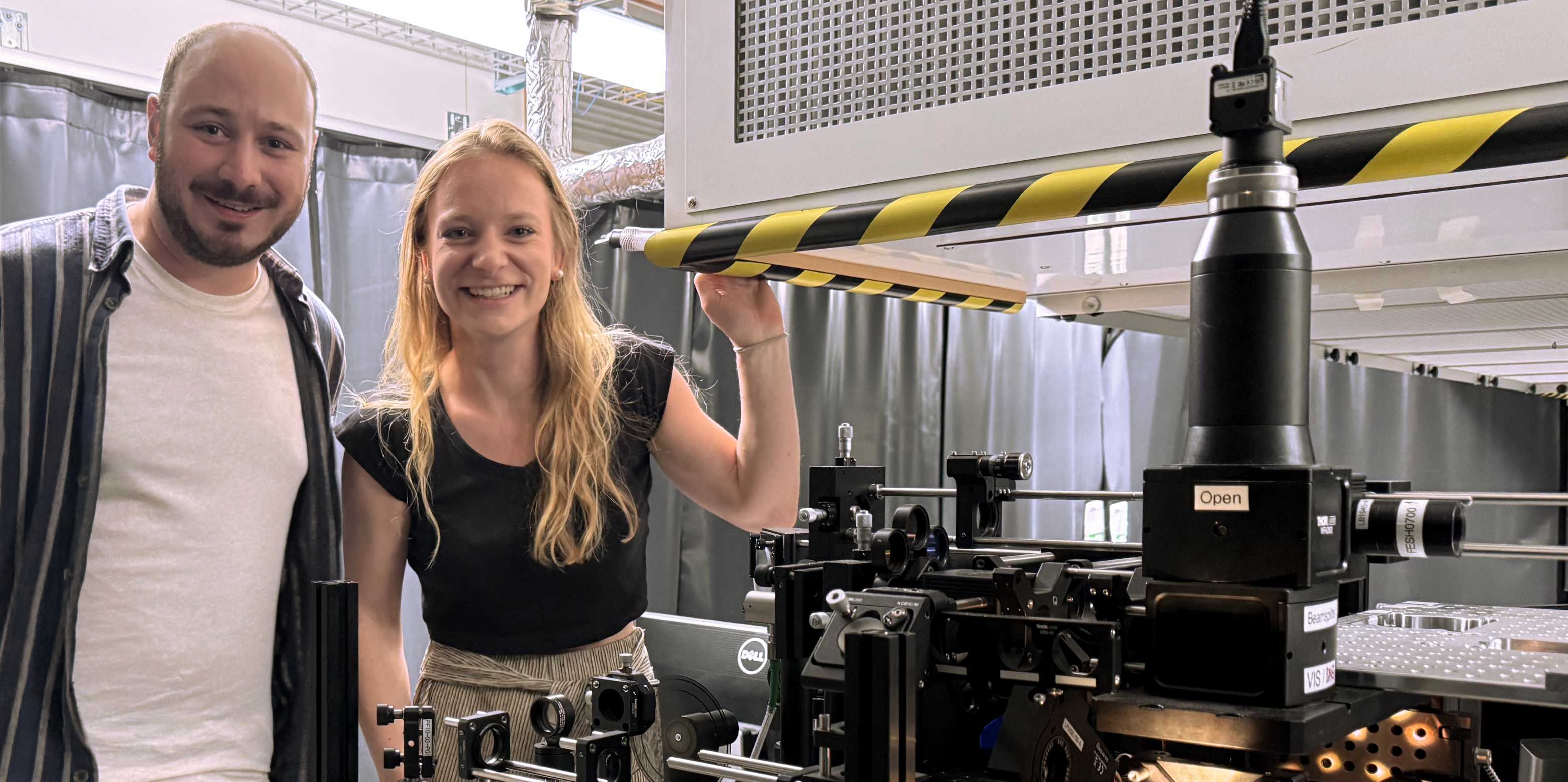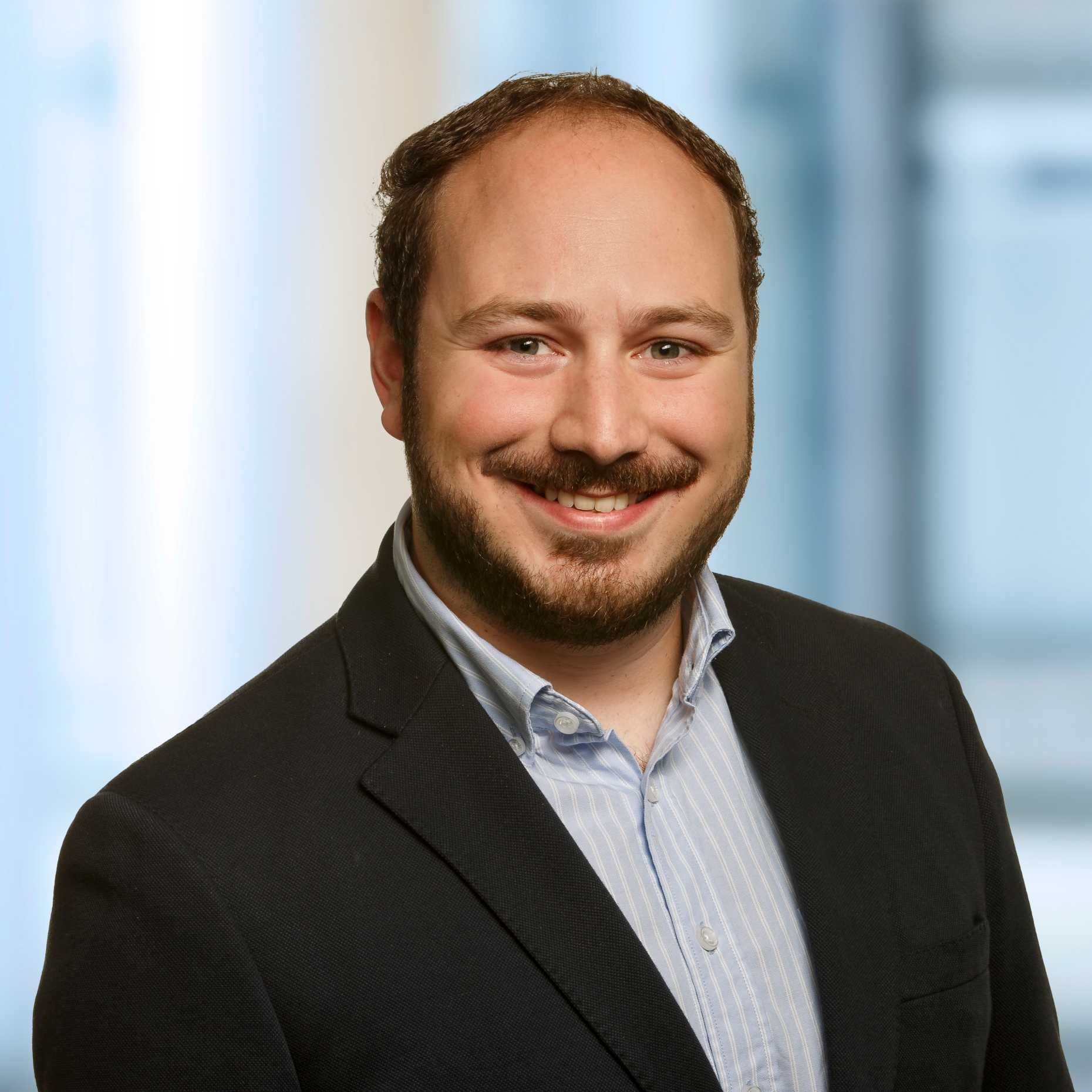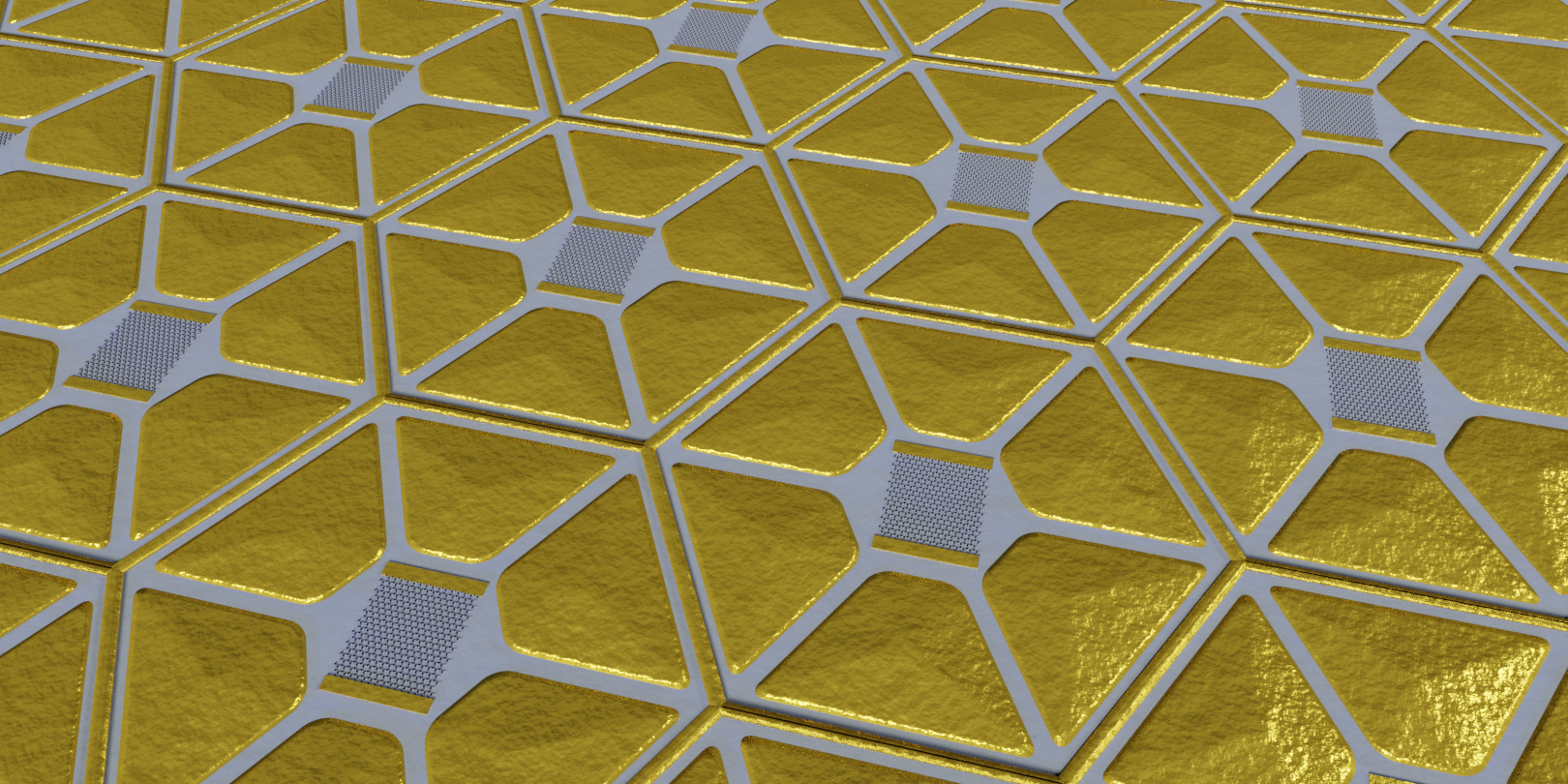Interdisciplinary Research on Retinal Implants for Blind People: “We want to develop unrivalled spatiotemporal resolution”
As a doctoral student at the Institute of Electromagnetic Field (IEF), Shadi Nashashibi works on the interdisciplinary project e-Retina together with the University of Tübingen on retinal implants. In this interview, he explains his vision of innovative implants that are intended to enable people with retinal diseases to see with high spatiotemporal resolution in the future.

Mr Nashashibi, could you outline your current project?
Sure, but first let me describe the problem. Worldwide, approximately two million people are affected by retinal diseases that can lead to blindness. These diseases (retinitis pigmentosa or age-related macular degeneration, Ed. Note) lead to degeneration of the photoreceptors, which can be hereditary or age-related. If the photoreceptors no longer function, the patient goes blind. An electronic implant in the eye is currently the only solution that can restore vision. In our project, we are now working with partners in Germany to further develop these implants. This means that such implants already exist, but their functionality is still very limited. This is where we want to start and develop this technology further.
How did you come across this topic?
That’s a funny story because I originally applied for a different position with Prof. Leuthold. As I was waiting outside his office for a meeting, a sheet came loose from the notice board, which said “Interdisciplinary Project”, not much more. I asked him about it and he said: ‘Yes, that could be something for you.’ It was a collaboration with the “Hector Fellow Academy”, where Prof. Zrenner, who is a renowned ophthalmologist, and Prof. Leuthold, worked together. This academy enables interdisciplinary projects from two different institutes to come together. The two wanted to combine the University of Tübingen's knowledge of retinal implants with our expertise in photonics.
How did it develop from there?
We were able to conduct a three-year proof of principle project at the “Hector Fellow Academy”. We then received an SNSF grant (funding from the Swiss National Science Foundation, Ed. Note) and money from the DFG (funding programmes of the German Research Foundation, Ed. Note) from our partners in Germany to continue the so-called e-Retina project and get closer to the next generation of retinal implants.
What is the aim of this e-Retina-project?
While the first phase of the project was about developing the individual components and seeing whether they work at all, the focus is now on the system as a whole. We do not want an implant yet, but to rather connect the individual components in such a way that we can examine the entire signal processing: From imaging to stimulation on the retina, all within a demonstrator setup.

“On the photonic side, we are working with novel photodetectors. Furthermore, our partners in Tübingen have introduced an innovative approach by utilizing six electrodes per pixel.”Shadi Nashashibi
How does the implant differ from those already on the market?
Currently, the implants are limited in spatial and temporal resolution. Clinical studies have shown that patients were able to regain about 4% of their normal vision, which is better than being completely blind, but relatively little to navigate daily life. In addition, the stimulation frequency, i.e. the number of images per second that can be seen, is around 5 to 7 hertz. This means that fast-moving objects may not be visible. We want to address these problems by developing an implant with unrivalled spatiotemporal resolution. On the one hand, we are trying to do this with innovations from ETH Zurich: on the photonic side, we are working with novel photodetectors. Since we want to replace the photoreceptors in the retina with this implant, the photodetectors should ideally take on as much of the functionality of the photoreceptors as possible. These are so-called ‘multifunctional photo detectors’, or biomimetic detectors, with which we try to imitate biology. Everything must be much smaller to achieve higher resolution. As everything gets much smaller, there is less space for everything. The more functionality you can put into a component, the easier it becomes. The photodetector measures light intensity, which is then transmitted to electrodes that stimulate the retina. Previous implants have used one electrode per pixel – one pixel is an image element. Our partners in Tübingen have introduced an innovative approach by utilizing six electrodes per pixel. This involves the arrangement of the electrodes and the delivery of impulses to achieve the optimal spatial and temporal resolution. By working with six electrodes per pixel, we have more flexibility in the stimulation.
How are the tasks divided between you and Marina Homs, who is also in charge of the SNSF project as a doctoral student?
Marina Homs joined the project when we were writing the SNSF project application. Due to prior work, I focussed a lot on the photodetectors. This involved developing them, understanding the physics, creating the fabrication and setting up the measurement. For the implant, however, we not only need a detector, but also a matrix of detectors. If I had to name our tasks, I would say that I focus more on the photodetectors, while Marina concentrates more on scaling up. She considers, for example, how we have to read out the matrices and how well the image acquisition works with these new cameras and so on. Although each of us has our area of responsibility, we are always in close dialogue.

Are there any interim successes or has anything been concretely applied yet?
We are still relatively far away from the application as a commercial retinal implant; the issues are still quite fundamental. Our partners have already seen many projects and co-developed implants where it was eventually realised that something had been forgotten or defined too narrowly. Therefore, our initial aim is to develop something flexible. The interim goals that we have achieved so far are the two individual components. On the one hand, we have developed photodetectors that can cover the dynamic range important for everyday life, i.e. from the brightest to the darkest brightness level. These detectors also exhibit biomimetic behaviour. This means that we can also adapt the sensor and adjust its sensitivity to the brightness, similar to what our eyes do. There is also logarithmic compression. We know from hearing and seeing, for example, that our senses are logarithmic. This means that if something is a hundred times brighter, we do not see it a hundred times brighter, but a little brighter compared to something that is only ten times brighter. That is the photodetector part. With the electrodes, we were able to see that we can achieve a high spatiotemporal resolution with this new electrode design and also with the stimulation methods. The two components work individually, now it is about bringing everything together.
The SNSF grant runs until the end of 2026. Are there already ideas on how to proceed?
I will no longer be part of the project at that point (completing the doctorate at the end of 2025, Ed. note) and will hand everything over to Marina. Prof. Leuthold is very interested in continuing the project and advancing it towards a marketable product – in close coordination with our project partners, of course. Throughout the project, many exciting new questions have arisen that have challenged our previous understanding and opened up valuable new perspectives – also with regard to previous implant solutions. I see great potential in this, and although it may still take some time, I am convinced that these developments will provide important insights that will significantly advance implant technology.
Further information: